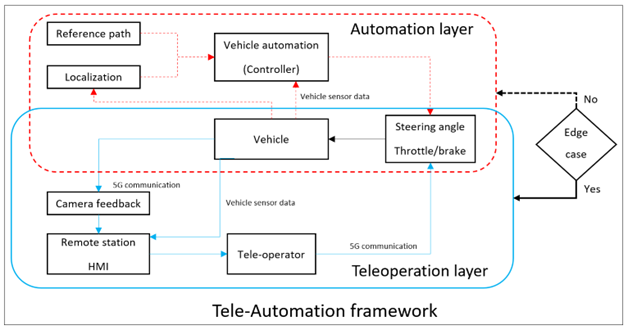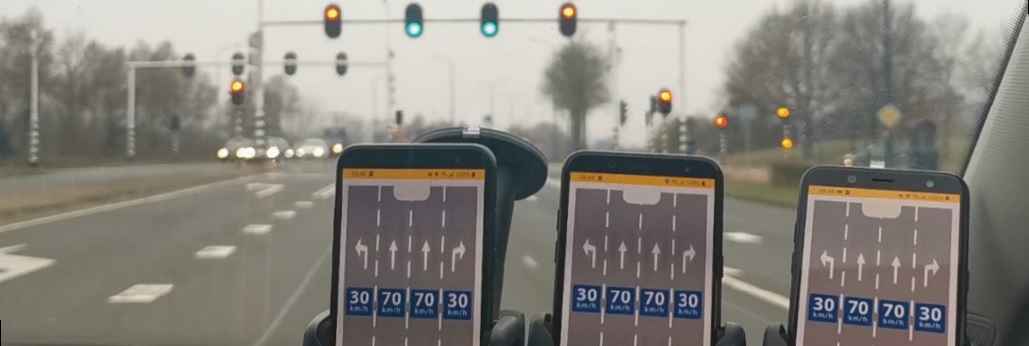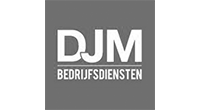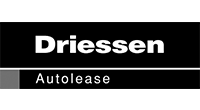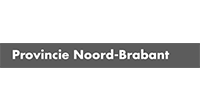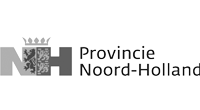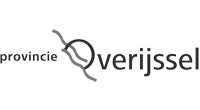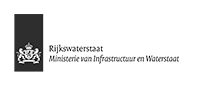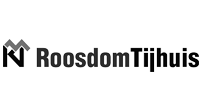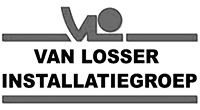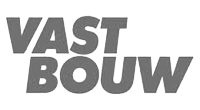V-tron started as a partner in work package 2 (WP2) of the DITM project of Brainport Eindhoven. The overall project contains five work packages.
DITM (Digital Infrastructure for Futureproof Mobility) was created to develop a system architecture for a digital infrastructure including the underlying critical core technologies related to localization, traffic services, digital maps and charging infrastructure.
The project provides the basis for: [i] enabling higher levels of autonomous driving and [ii] a cyber secure and reliable interconnection of electric vehicles and power infrastructure control.
Goal of DITM - Tele-Automation
The goal of WP2 is to use automation and telecontrol to develop an advanced use case that can precede fully autonomous vehicles. Currently available technology provides opportunities to automate certain driving tasks in the vehicle, but has limitations where a driver must take control. This is mainly due to external factors such as unexpected obstacles and an unsafe environment in which the vehicle must make a critical decision. Telecontrol replaces a driver with a teleoperator who can control the vehicle remotely.
Combining automation with telecontrol and developing a “Tele-Automated” vehicle maximizes the available technology and strengthens the business case. With Tele-Automation, the vehicle is automated to perform normal driving tasks with the ability to take over the vehicle remotely when needed. This combination can lead to safer operations in a dynamic environment, where environmental influences are unpredictable.
Approach Workpackage
The use case is defined to overcome the limitations in current developments toward future autonomous vehicles.Moreover, it is now required by law to have a driver present at all times. Removing the driver altogether would raise questions about safety and trust in the system. With telecontrol, the driver is only physically removed from the vehicle, but not from the loop.
The test vehicles (VDL bus) will be modified to perform both automation and telecontrol. For telecontrol, external cameras are added to the vehicle for environmental feedback and a telecontrol box that can communicate between the vehicle’s interface (control) and the remote station.The camera images and available information from the vehicle sensors are made available to the teleoperator via long range communication.
Also, collective (observation) messages are continuously generated by both the infrastructure and the Mobileye to the vehicle, supporting the operation along with other elements such as location determination or path planning. Infrastructure observation can be used to identify suitable routes, dynamic obstacles, available parking space and so on from a helicopter view.
Contact V-tron:
Expected results
Under normal operating conditions, the automation layer (developed as Use-Case1) takes precedence and the maneuvering of the vehicle is fully automated based on the planned path and feedback from the localization system.
The developed controller provides the necessary steering and throttle/brake inputs to keep the vehicle on the planned path, while the teleoperator monitors the situation in the background.
During cases of doubt (unsafe situations), the teleoperator can take control and remotely control the vehicle, based on feedback from the camera and on-board sensors, until automation can take over again.
Challenges
Care should be taken to detect the exact lane in which the vehicle should travel using a vision sensor in the vehicle (Mobileye) and provide ISA (Intelligent Speed Assistant) / GLOSA (Green Light Optimization Speed Advise) based on this information. In addition, speed information from the infrastructure is transmitted to the approaching vehicle, in this case the test vehicle, to give more confidence to the data. The ultimate challenge is to improve the efficiency of the system by providing accurate and reliable data to the system.
Can GLOSA and ISA be merged into one system and an algorithm developed to influence the priority in speed adaptation on the vehicle? This merging will increase system efficiency and improve accuracy.
Project partners:
The Digital Infrastructure for Future-proof Mobility (DITM) project is co-sponsored by the Ministry of Infrastructure and Water Management. The project is funded by the European Union-NextGenerationEU and DITM partners.




